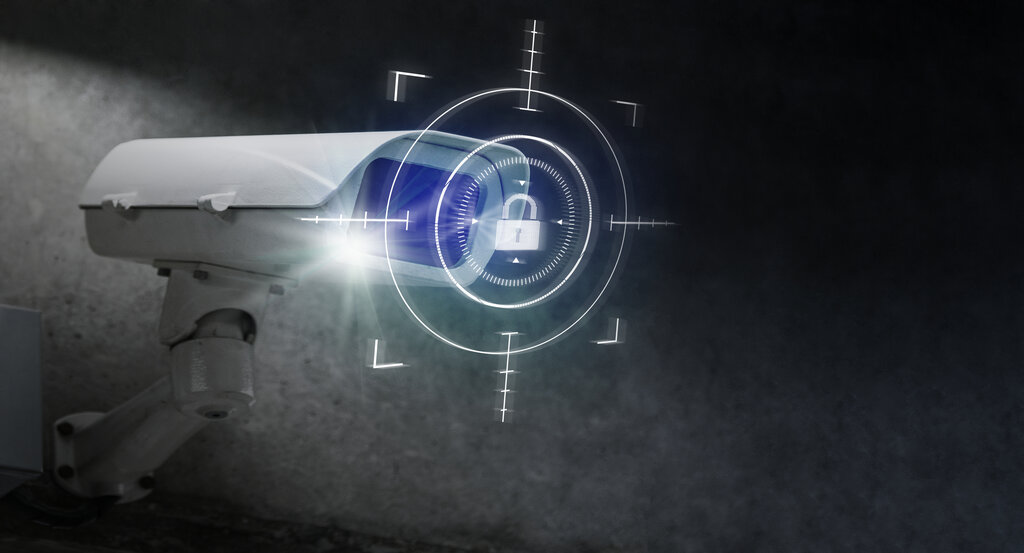
Introduction
Video surveillance has become an integral part of security systems in various industries, from retail and hospitality to banking and government. As the demand for CCTV (Closed-Circuit Television) cameras and video surveillance grows, so does the need for efficient storage solutions to manage the ever-increasing volumes of recorded footage. However, the rising costs associated with CCTV storage can become a burden for businesses. In this article, we will explore effective strategies and video surveillance storage solutions that can help reduce your CCTV storage costs while maintaining optimal security levels.
1. Understanding the Costs of CCTV Storage
CCTV storage costs can quickly escalate due to several factors. These include the increasing number of surveillance cameras deployed, the resolution and frame rate of video recordings, the retention period required by regulations or internal policies, and the choice of storage infrastructure. As video quality improves and surveillance coverage expands, businesses often face the challenge of managing and storing vast amounts of data without breaking the budget.
2. Optimize Video Compression and Resolution
One of the most effective ways to reduce CCTV storage costs is to optimize video compression and resolution settings. Modern surveillance systems offer various video compression standards, such as H.264, H.265, and H.265+, which efficiently compress video files without compromising image quality significantly. By adjusting the compression settings and reducing video resolution when high-definition footage is not essential, businesses can save a considerable amount of storage space without sacrificing critical details.
3. Employ Video Analytics and Intelligent Storage Solutions
Video analytics technology plays a vital role in CCTV storage cost reduction. Intelligent video analytics can automatically detect and alert security personnel to specific events or incidents, eliminating the need to store continuous video footage. By implementing smart video analytics, businesses can tailor their surveillance systems to capture and retain only relevant video segments, optimizing storage usage and reducing unnecessary costs.
Furthermore, intelligent storage solutions, such as those based on artificial intelligence, can dynamically allocate storage resources based on the importance of recorded footage. By prioritizing critical data and offloading less relevant video to lower-cost storage tiers, businesses can achieve substantial savings without compromising on security.
4. Leverage Cloud-Based Storage
Cloud-based storage has revolutionized the way businesses manage CCTV footage. Instead of relying solely on traditional on-premises storage solutions, organizations can now take advantage of the scalability and cost-effectiveness of the cloud. Cloud-based storage allows businesses to pay for the storage they actually use, making it a flexible and budget-friendly option, especially for those with fluctuating storage needs. Additionally, cloud storage offers seamless remote access to video footage, facilitating real-time monitoring and data retrieval from any location.
5. Implement Data Lifecycle Management
Data lifecycle management is a strategy that involves categorizing and managing data based on its value over time. For CCTV footage, not all video recordings have equal importance throughout their retention period. Implementing data lifecycle management allows businesses to define policies that automatically migrate older and less critical video footage to less expensive storage tiers or archives. By archiving footage that no longer requires immediate access, businesses can optimize storage usage and reduce costs while still meeting regulatory requirements.
6. Invest in High-Efficiency Storage Hardware
Traditional storage hardware can be costly to maintain and upgrade, resulting in higher CCTV storage costs over time. Investing in high-efficiency storage solutions, such as Network Attached Storage (NAS) or Storage Area Networks (SAN), can help businesses consolidate their storage infrastructure, improve performance, and reduce power consumption. Moreover, modern storage hardware often includes advanced data deduplication and compression capabilities, further optimizing storage usage and driving down costs.
7. Regularly Audit and Optimize Storage Policies
CCTV storage requirements evolve over time, and it is essential to conduct regular audits of storage policies and usage. Analyzing trends in data growth and adjusting retention periods based on changing needs can prevent unnecessary storage bloat and ensure that storage resources are used efficiently. Conducting regular storage optimization reviews will enable businesses to identify areas where improvements can be made, leading to cost reductions and better resource utilization.
8. Embrace Edge Storage Solutions
Edge storage solutions are becoming increasingly popular in modern video surveillance systems. Edge storage involves storing video footage directly on the camera or at the network edge, reducing the amount of data that needs to be transmitted to centralized storage. By adopting edge storage solutions, businesses can alleviate network congestion, enhance data security, and potentially reduce storage costs by streamlining the flow of video data.
Conclusion
Effective video surveillance storage management is essential for businesses looking to balance security needs with cost efficiency. By optimizing video compression and resolution, employing video analytics and intelligent storage solutions, leveraging cloud-based storage, implementing data lifecycle management, investing in high-efficiency storage hardware, and regularly auditing storage policies, organizations can significantly reduce CCTV storage costs without compromising on security. Embracing innovative video surveillance storage solutions will not only lead to substantial savings but also improve overall system performance and scalability, ensuring that businesses can effectively manage their CCTV storage needs in an ever-changing security landscape.